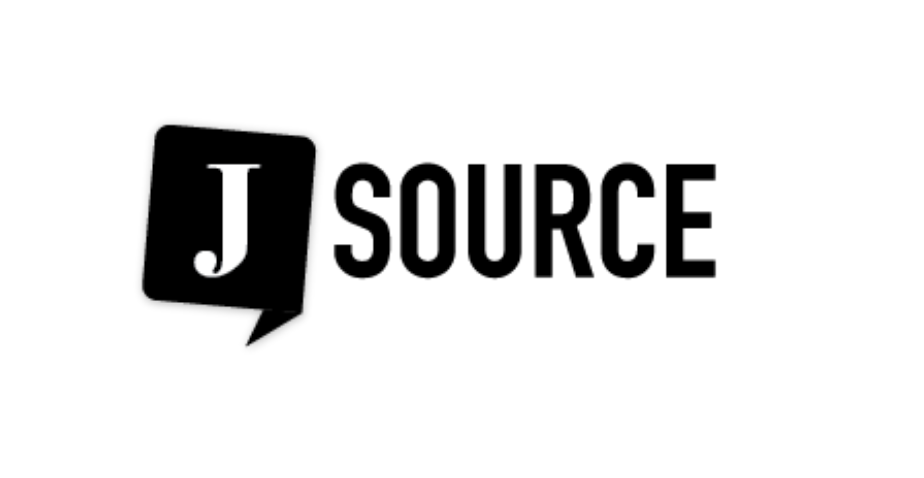There is a provocative article in the latest edition of Journalism called “Why alternative journalism matters.”
It’s worth reading, and it’s worth thinking about the value of studying alternative media in the context of investigative journalism. Historically, some of the finest examples of investigative work have first appeared in the alternative press.
Chris Atton of Edinburgh Napier University raises some provocative questions in the latest issue of Journalism with his paper entitled “Why alternative journalism matters.”
While considerable attention has been paid to citizen-based journalism and its growth, there has been little said about the everyday routines and processes that are involved. “It is at the practices of alternative journalism that we should look most closely, not least because they raise challenges to the dominant practices of professionalized journalism,” he says. “They offer a critique in action that can encourage educators, students and journalists to think epistemologically about journalism – an activity that has been found lacking in craft-based journalism programmes.”
In my history of investigative journalism in Canada, I devote a chapter to alternative journalism called “Out of the Mainstream.” This is because the 1960s saw a huge increase in alternative journalism, and it is undeniable that this genre had a major impact on the subsequent growth of investigative reporting. Mainstream media of the 1950s and 60s were still operating largely within the limitations of official journalism. There was an institutional timidity in many organizations when it came to challenging the status quo, unless sources deemed reliable and official could be found to do so. I don’t mean to diminish the excellent work done by some newspaper and broadcast journalists of this era. Some of the work by journalists at programs like Close-Up, Document and This Hour Has Seven Days was particularly influential in the development of investigative reporting. But the overall reticence to do challenging work was extensive. Nothing illustrates this better, in my view, than the inability of Seymour Hersh to interest any mainstream organizations in his groundbreaking expose of the My Lai affair. It was left to his neighbour, who ran a tiny alternative news service, to distribute the story.
Alternative magazines and newspapers, many run by students and left-wing organizations in the 1960s, produced some probing work. In the US, Ramparts was particularly influential. In Canada, Dimension, the 4th Estate and The Last Post offered similar examples. Political groups ran investigative articles in their own publications. Soon the mainstream was paying attention. By the early 1970s, it was becoming fashionable in many mainstream organizations to form teams to engage in muckraking.
Today, the alternative media aren’t nearly as mysterious or exotic as they might have seemed 40 years ago. Random surfing produces site after site of journalistic endeavours. Some barely earn the right to be called journalism, but others are delving into areas that the mainstream don’t or won’t cover. The work methods and editorial policies of the organizations practicing these forms of journalism are worth studying. Chris Atton argues that many aspects of modern alternative journalism have a social basis that links writer and audience together in a stronger way than conventional journalism does. He offers the following conclusion, along with some pointed advice for journalism schools: “Studies of the practices of alternative journalism and the embedding of those practices into teaching programmes might go some way to re-establishing the often shaky connection between professional journalists and their audiences.”
[node:ad]

